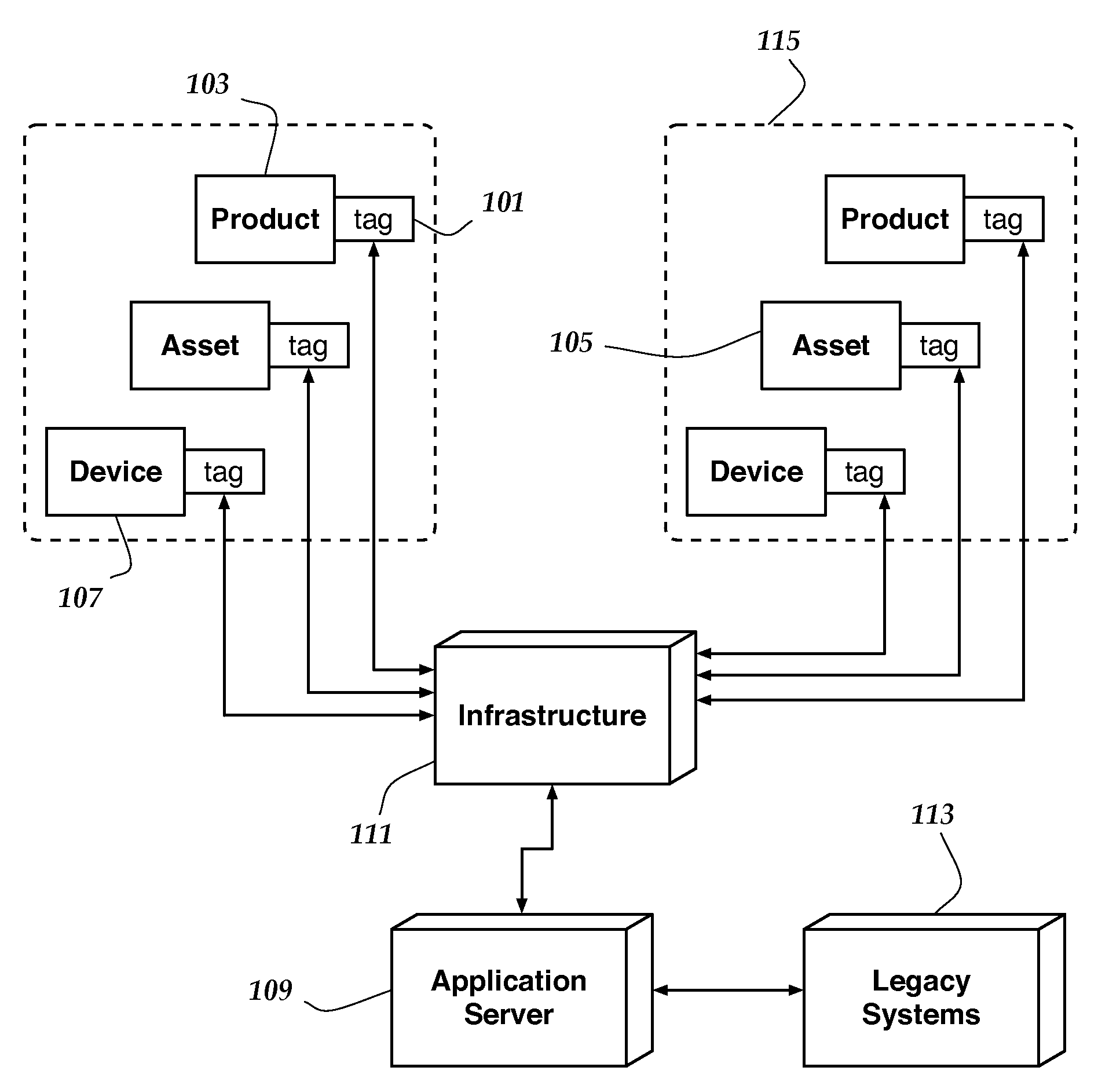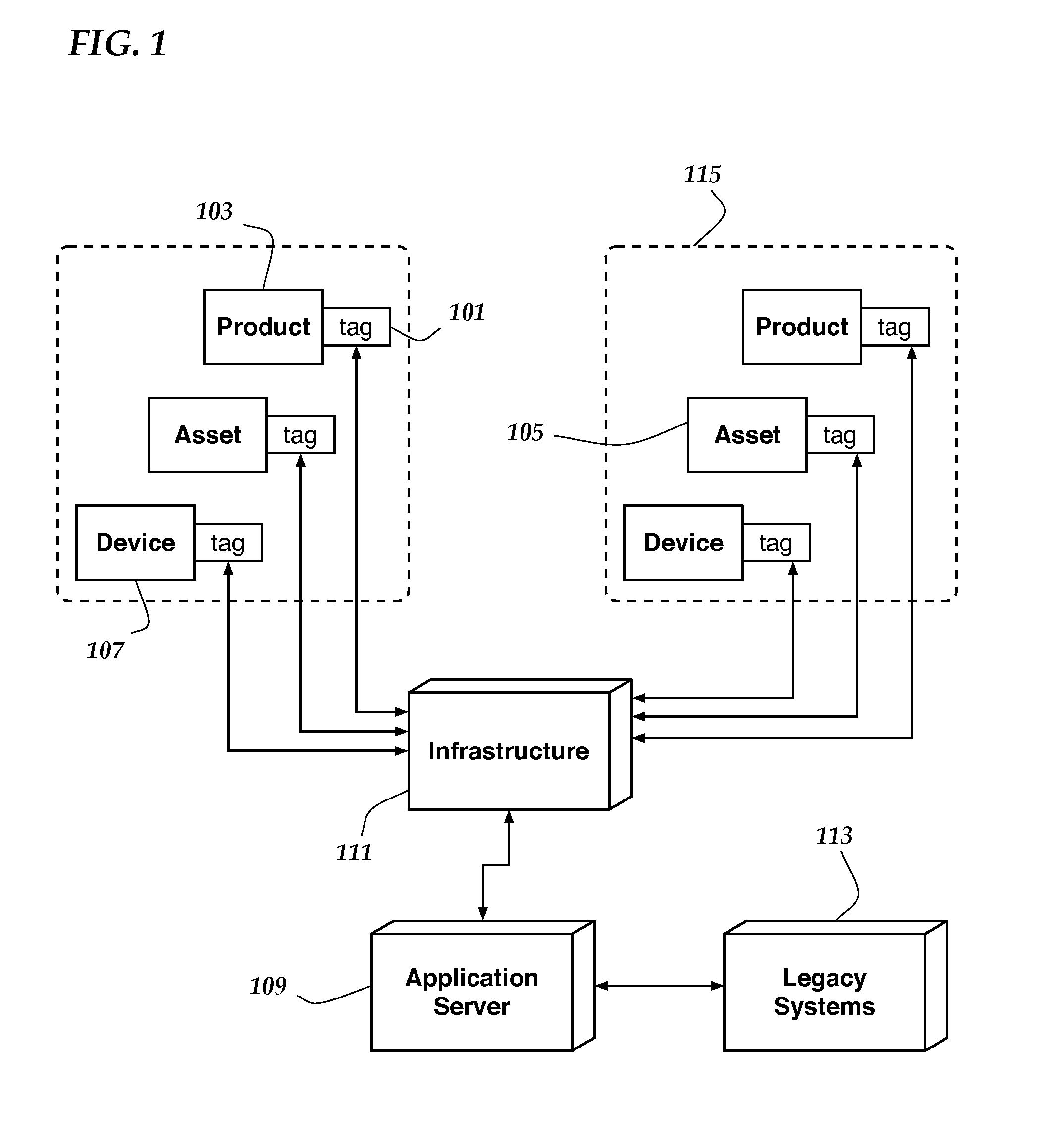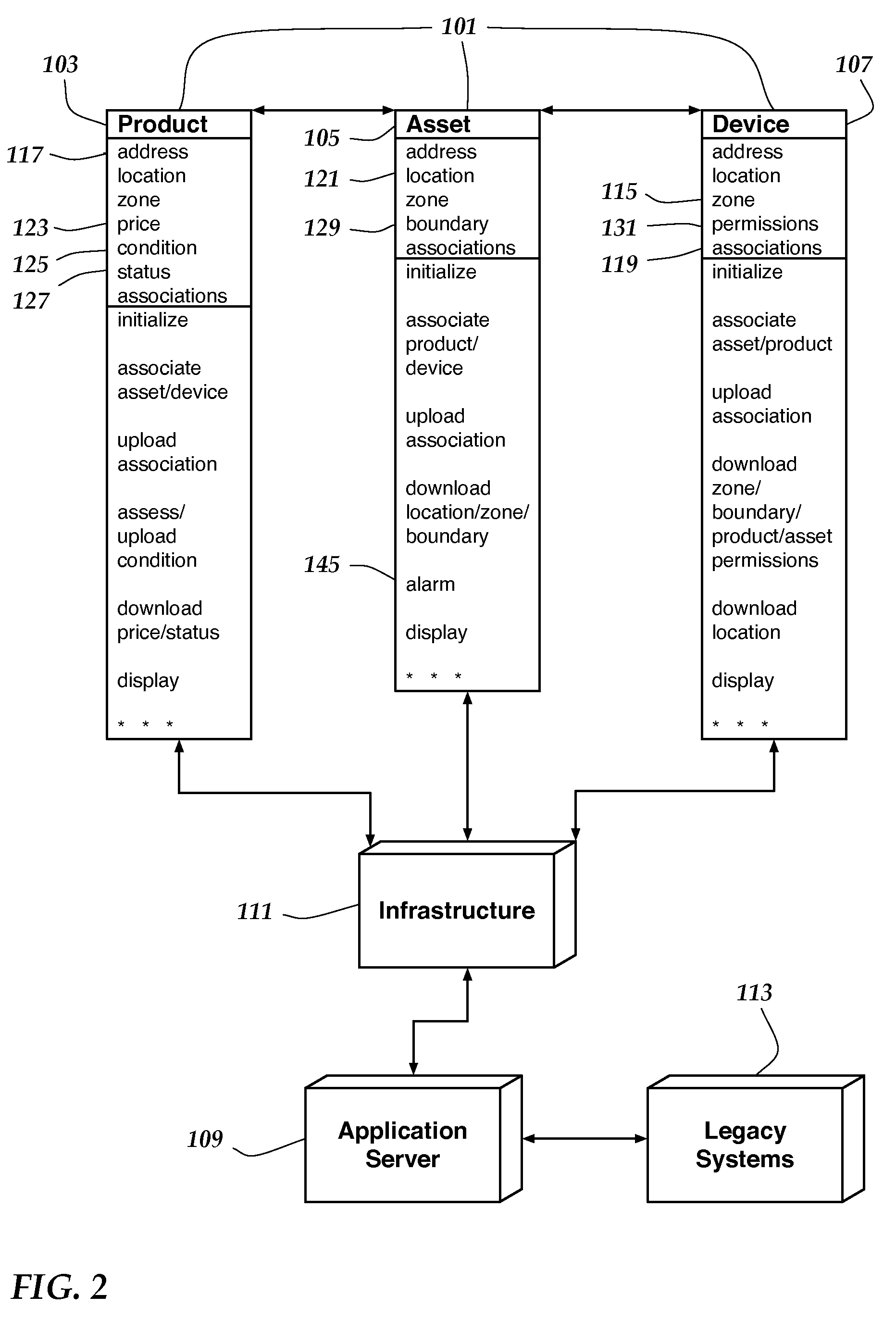Of the many variables affecting logistics, the variable most likely to cause interruptions within the supply chain is
human error.
Human error makes it very difficult to capture a true picture of the entire supply chain because every human error propagates throughout the supply chain.
For instance, a mis-keyed order for a
pallet of products may affect a retailer's ability to shelve products, while the same error may result in collections issues for the wholesaler's accounts receivable.
There are innumerable examples of human error negatively impacting supply chain logistics.
The result of each human error is that logistics data is increasingly difficult to find, sort, and verify.
Even if data is readily available, human error renders such data unreliable.
Data availability and reliability is affected until errors are located and repaired; however, locating the error requires additional
data analysis at an expense that is often times unquantifiable.
The opportunity for human error occurs at even the earliest point in the supply chain, which begins with the manufacture of the product.
Errors traceable to human intervention are compounded by the fact that many retail items are sold and shipped in large lots, thus rendering errors with respect to individual products virtually untraceable.
For example, if a retail location allows all inventory to be stolen by its customers, then the retailer has done a poor job of managing its inventory.
If a retail location allows its inventory to spoil due to improper
refrigeration of time-sensitive product, then the retailer has done a poor job of managing its risk.
Visual inspection is not a reliable way to assess true damage because many items are packaged in brown boxes that may appear intact while the contents may be irreparably damaged.
For example, when
perishable food is destined for retail sale, a
visual inspection of a perishable item typically cannot assess temperature variation or potential spoliation caused by
delay or other compromise in the supply chain.
Thus,
visual inspection is not a reliable way to assess the true injury to shipped products also because the
shipping container may be sealed and thus conceal the true extent of the damage.
There are additional problems with traditional supply chain logistics from the standpoint of upstream supply chain integrity.
Human intervention, at this level, is a considerable source of error.
For example, a
human operator may mistakenly mis-key data and may overstate or understate the true quantity of the goods that are actually received by the retail facility.
Instead, an error of this nature alters the inventory and accounting
system in a dramatic way because the assets of the retailer are misstated.
A retailer's ability to properly quantify loss attributable to theft or destruction is difficult, costly, and time-consuming; as a result, the true extent to which the retailer is suffering theft or loss is generally not known until after substantial, non-recoverable losses have already occurred.
Before the invention, this type of accounting and
inventory analysis was an expensive cost of doing retail business.
A comprehensive approach to preventing theft involves many different facets, yet none of the prior art establishes a continuous and streamlined approach to true
inventory management.
The impression upon the
consumer a negative one, meaning such common occurrence is counterproductive to the reasonable goals that a retailer has in striving to offer a reasonable and comfortable shopping experience to every
consumer.
This example carries a further drawback in that it does not prevent employee theft, as employees have access to the deactivation units.
There are additional human costs associated with theft prevention, including those costs associated with hiring personnel for the express purpose of actively monitoring customers and employees to guard against theft.
While the hourly or salaried costs are identifiable, they are nonetheless an expense to the business.
Further, there are hidden costs and expenses retailers ultimately must bear, including litigation costs associated with overzealous loss prevention personnel.
Furthermore, such in-store advertising does not recommend complimentary products based upon the contents of a customer's
shopping basket or
cart.
That is, it does not make sense for a retailer to make only a slight adjustment in price, even though doing so could marginally boost sales because the retailer would have to incur the labor expense attributable to physically changing price displays.
Further, the process of manually changing prices is inefficient, as a price change requires an expense of materials required to re-price items already placed on the shelves.
All of these hidden costs decrease the retailer's profitability and factor into any choice to increase or decrease the retail price of an item.
There are also other problems associated with re-pricing existing items on the retail shelves.
Regardless of the employee
time cost, human error may further defeat profitability because each opportunity for human intervention in a retail situation comes with inherent risk of error such as mislabeling, miscounting, or misplacement.
Item-level re-pricing is also something that retailers have not yet before been able to realize without significant human involvement.
Discontinued goods thus cost the retailer not only in decreased sale price but also in added human cost of retrieving and monitoring shelves for clearance or out-of-date items.
Other serious problems in the supply chain may include routine misplacement of a given product in connection with shipping; mishandling or
improper storage of product; and human error due to improperly shelving or labeling the product.
For instance, in order to obtain inductive power the shelf price tags must be wired into the shelves, and as such the shelf price tags are not capable of being applied to items capable of moving throughout a retail location, such as products or devices associated with people like employee identification badges.
Finally, the shelf price tags are not capable of interacting with nearby products themselves; rather, the shelf price tags are only capable of interacting with a human-controlled interface.
The most notable drawback to the '952 and '015 patents is that the location of the trigger
signal, the products nearby the
signal, and the message to be displayed by the shopping
cart must be preprogrammed into the shopping
cart's memory by a person.
The '745 patent is deficient because the product tags are incapable of communicating with anything except the terminal, and thus the product tags only store information about themselves and not associations with other products, assets, or devices.
Because the tags cannot process or store information in real time and only provide pre-programmed data, the terminal may recommend products that the customer already browsed but ultimately rejected.
That is, because the tag cannot store information about where a customer browsed, the terminal may erroneously recommend products from a location that the customer already visited.
 Login to View More
Login to View More  Login to View More
Login to View More 


